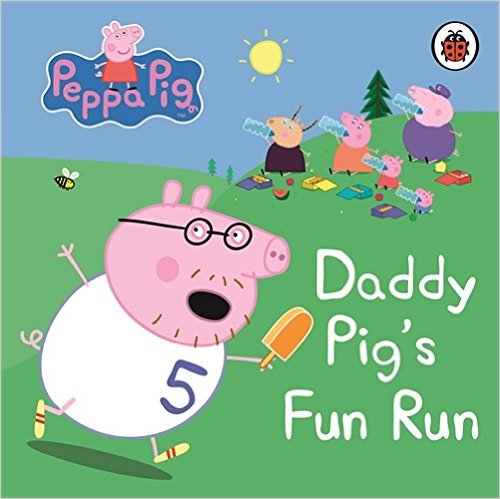The most uncomfortable truth of human experience is that life feeds on other life, and each of us depends upon the death of other living things for our continued existence. In early societies, this truth infused creation mythology and manifested in rituals during which life-from-death was reenacted in order to insure the continuation of human society. In our modern, more scientifically-minded world, we nonetheless continue to struggle with the psychological and emotional trauma of killing other living beings to sustain life.
That life feeds on life is an ever-present reality; we readily observe this in the non-human world. From the smallest, single-celled bacteria to the largest creatures on earth, feeding upon others never stops; the process of infection, the breakdown of waste, digestion, nutrition, and cell growth all depend upon it. The friend-or-foe reality of the animal world is actually friend-or-food, to eat and to be eaten. No living animal can escape this fate, including people.
Lesser animals leading lives of instinct and learned behavior don’t dwell on such matters, of course. Humans are likely the only animals which contemplate the interpenetration and meaning of life and death. The experience of hunger provoked early humans to connect their continued existence to the mystery of hunting and killing. Early religions generally cast animals as human ancestors, placing them at the center of worship for guidance and protection. Evidence of this is widespread in the paleontological record of cave paintings, sculpted figures, pictographs and decorated objects. To reconcile life-from-death, the Aztec and Mayan religions explicitly incorporated human sacrifice by the thousands to effectively insure social continuity. Even the relationship between male and female in human society reflects confusion and anxiety regarding the interplay of life and death. The mystery of birth, the nature of blood, periods of fertility and such matters fills volumes of history and mythology and generates current conflict.
Our scientific industrial age has tried to impose rational ways of dealing with the uncomfortable reality of our human situation. The farming and slaughtering of billions of animals takes place out-of-sight and for most of us out-of-mind. Yet, toddlers must confront an uncomfortable truth early in their lives: the cute little chicken or playful piggy featured in their first story book also appears on the dinner table. That this quickly becomes so matter-of-fact is testimony to our powerful ability to compartmentalize and sublimate the trauma of killing the living and eating their dead bodies.
The trauma leaks out, of course, both individually and culturally. Individuals unable to effectively compartmentalize or sublimate the knowledge of life-from-death can become disturbed and dissociative; leakage for them through violence seeks psychological resolution. Hollywoods’s obsession with blood-sucking vampires and cannibal zombies is leakage in cultural form. All of us, in some way, must come to terms with an uncomfortable reality: both individually and culturally we are complicit in an industrial-scale, ongoing system of killing organized solely for human survival.
Some respond to this trauma by becoming vegetarians, but this does not fully solve the dilemma; pesticides and farming practices kill many animals, albeit mostly small ones. There simply is no escape from the truth of life-from-death, and thus born we are joined with our ancient forebears in cultivating no adequate emotional responses save respect, gratitude, kindness and sorrow.
